Thirty Kurdistan Workers Party (PKK) militants burned their weapons at the mouth of a cave in northern Iraq on Friday, marking a symbolic but significant step toward ending a decades-long insurgency against Turkey.
Footage from the ceremony showed the fighters, half of them women, queuing to place AK-47 assault rifles, bandoliers and other guns into a large grey cauldron. Flames later engulfed the black gun shafts pointed to the sky, as Kurdish, Iraqi and Turkish officials watched nearby.
The PKK, locked in conflict with the Turkish state and outlawed since 1984, decided in May to disband, disarm and end its separatist struggle after a public call to do so from its long-imprisoned leader Abdullah Ocalan.
After a series of failed peace efforts, the new initiative could pave the way for Ankara to end an insurgency that has killed over 40,000 people, burdened the economy and wrought deep social and political divisions in Turkey and the wider region.
The ceremony was held at the entrance of the Jasana cave in the town of Dukan, 60 km (37 miles) northwest of Sulaymaniyah in the Kurdistan region of Iraq’s north.
The fighters, in beige military fatigues, were flanked by four commanders including senior PKK figure Bese Hozat, who read a statement in Turkish declaring the group’s decision to disarm.
“We voluntarily destroy our weapons, in your presence, as a step of goodwill and determination,” she said, before another commander read the same statement in Kurdish.
Helicopters hovered overhead, with dozens of Iraqi Kurdish security forces surrounding the mountainous area, a Reuters witness said.
The ceremony was attended by Turkish and Iraqi intelligence figures, officials of Iraq’s Kurdistan regional government, and senior members of Turkey’s pro-Kurdish DEM party – which also played a key role this year facilitating the PKK’s disarmament decision.
It was unclear when further handovers would take place.
A senior Turkish official said the arms handover marked an “irreversible turning point” in the peace process, while another government source said ensuing steps would include the legal reintegration of PKK members into society in Turkey and efforts to heal communities and promote reconciliation.
WIDER SIGNIFICANCE
The PKK has been based in northern Iraq after being pushed well beyond Turkey’s southeastern frontier in recent years. Turkey’s military carries out regular strikes on PKK bases in the region and established several military outposts there.
The end of Nato member Turkey’s conflict with the PKK could have consequences across the region, including in neighbouring Syria where the United States is allied with Syrian Kurdish forces that Ankara deems a PKK offshoot.
Washington and Ankara want those Kurds to quickly integrate with Syria’s security structure, which has been undergoing reconfiguration since the fall in December of autocratic President Bashar al-Assad. PKK disarmament could add to this pressure, analysts say.
The PKK, DEM and Ocalan have all called on Turkish President Tayyip Erdogan’s government to address Kurdish demands for more rights in regions where Kurds form a majority, particularly Turkey’s southeast where the insurgency was concentrated.
In a rare online video published on Wednesday, Ocalan – whose large image was shown at the weapons ceremony – also urged Turkey’s parliament to set up a commission to oversee disarmament and manage the broader peace process.
Ankara has taken steps toward forming the commission, while the DEM and Ocalan have said that legal assurances and certain mechanisms were needed to smooth the PKK’s transition into democratic politics.
Omer Celik, spokesman for Erdogan’s AK Party, said the ceremony marked a first step toward full disarmament and a “terror-free Turkey”, adding this must be completed “in a short time”.
Erdogan has said the disarmament will enable the rebuilding of Turkey’s southeast.
Turkey spent nearly $1.8 trillion over the past five decades combating terrorism, Finance Minister Mehmet Simsek has said.
/////////////////////
EU waits on Trump letter as markets digest latest tariff salvo, hopes for deal
Trump eyes simple tariff rates over complex talks
By Andrea Shalal, David Lawder and Susan Heavey
President Donald Trump said Washington will start sending letters to countries on Friday specifying what tariff rates they will face on imports to the United States, a clear shift from earlier pledges to strike scores of individual deals.
Acknowledging the complexity of negotiating with over 170 nations, Trump told reporters before departing for Iowa on Thursday that the letters will be sent to ten countries at a time, laying out tariff rates such as 20 per cent to 30 per cent per cent.
“We have more than 170 countries, and how many deals can you make?” Trump said. “They’re very much more complicated.”
The Republican president said he expected “a couple” more detailed agreements with other countries after Wednesday’s announcement of a trade deal with Vietnam.
However, he said he preferred to notify most other countries of a specific tariff rate, skipping detailed negotiations.
Trump’s comments underscored the challenges of completing trade agreements on everything from tariffs to non-tariff barriers such as bans on agricultural imports.
Top Trump aides said in April they would work on 90 deals in 90 days, an ambitious goal that was met with scepticism from trade experts familiar with arduous and time-consuming trade deals of the past.
Treasury Secretary Scott Bessent told Bloomberg Television that about 100 countries are likely to see a reciprocal tariff rate of 10 per cent and predicted a “flurry” of trade deals announced before a July 9 deadline when tariffs could rise sharply.
If 10 per cent tariffs were given to 100 countries, that would be fewer than originally envisioned by the Trump administration.
Its original reciprocal tariff list showed 123 jurisdictions that would be given a 10 per cent tariff rate – mostly small countries, along with some territories such as Australia’s uninhabited Heard and McDonald Islands.
Trump sent markets into a tailspin on April 2 with sweeping reciprocal tariff rates ranging from 10 per cent to 50 per cent, although he temporarily reduced the tariff rate for most countries to 10 per cent to allow time for negotiations through July 9.
Many countries with an initial 10 per cent duty rate have not had any negotiations with the Trump administration, with the exception of Britain, which reached a deal in May to keep a 10 per cent rate and won preferential treatment for some sectors including autos and aircraft engines.
Major trading partners now involved in negotiations were hit with much higher tariff rates, including 20 per cent for the European Union, 26 per cent for India and 24 per cent for Japan. Other countries that have not engaged in trade talks with the Trump administration face even higher reciprocal tariffs, including 50 per cent for the tiny mountain kingdom of Lesotho, 47 per cent for Madagascar and 36 per cent for Thailand.
Trump on Wednesday announced an agreement with Vietnam that he said cuts US tariffs on many Vietnamese goods to 20 per cent from his previously threatened 46 per cent. Many US products would be allowed to enter Vietnam duty free.
By Andrea Shalal, David Lawder and Susan Heavey
President Donald Trump said Washington will start sending letters to countries on Friday specifying what tariff rates they will face on imports to the United States, a clear shift from earlier pledges to strike scores of individual deals.
Acknowledging the complexity of negotiating with over 170 nations, Trump told reporters before departing for Iowa on Thursday that the letters will be sent to ten countries at a time, laying out tariff rates such as 20 per cent to 30 per cent per cent.
“We have more than 170 countries, and how many deals can you make?” Trump said. “They’re very much more complicated.”
The Republican president said he expected “a couple” more detailed agreements with other countries after Wednesday’s announcement of a trade deal with Vietnam.
However, he said he preferred to notify most other countries of a specific tariff rate, skipping detailed negotiations.
Trump’s comments underscored the challenges of completing trade agreements on everything from tariffs to non-tariff barriers such as bans on agricultural imports.
Top Trump aides said in April they would work on 90 deals in 90 days, an ambitious goal that was met with scepticism from trade experts familiar with arduous and time-consuming trade deals of the past.
Treasury Secretary Scott Bessent told Bloomberg Television that about 100 countries are likely to see a reciprocal tariff rate of 10 per cent and predicted a “flurry” of trade deals announced before a July 9 deadline when tariffs could rise sharply.
If 10 per cent tariffs were given to 100 countries, that would be fewer than originally envisioned by the Trump administration.
Its original reciprocal tariff list showed 123 jurisdictions that would be given a 10 per cent tariff rate – mostly small countries, along with some territories such as Australia’s uninhabited Heard and McDonald Islands.
Trump sent markets into a tailspin on April 2 with sweeping reciprocal tariff rates ranging from 10 per cent to 50 per cent, although he temporarily reduced the tariff rate for most countries to 10 per cent to allow time for negotiations through July 9.
Many countries with an initial 10 per cent duty rate have not had any negotiations with the Trump administration, with the exception of Britain, which reached a deal in May to keep a 10 per cent rate and won preferential treatment for some sectors including autos and aircraft engines.
Major trading partners now involved in negotiations were hit with much higher tariff rates, including 20 per cent for the European Union, 26 per cent for India and 24 per cent for Japan. Other countries that have not engaged in trade talks with the Trump administration face even higher reciprocal tariffs, including 50 per cent for the tiny mountain kingdom of Lesotho, 47 per cent for Madagascar and 36 per cent for Thailand.
Trump on Wednesday announced an agreement with Vietnam that he said cuts US tariffs on many Vietnamese goods to 20 per cent from his previously threatened 46 per cent. Many US products would be allowed to enter Vietnam duty free.

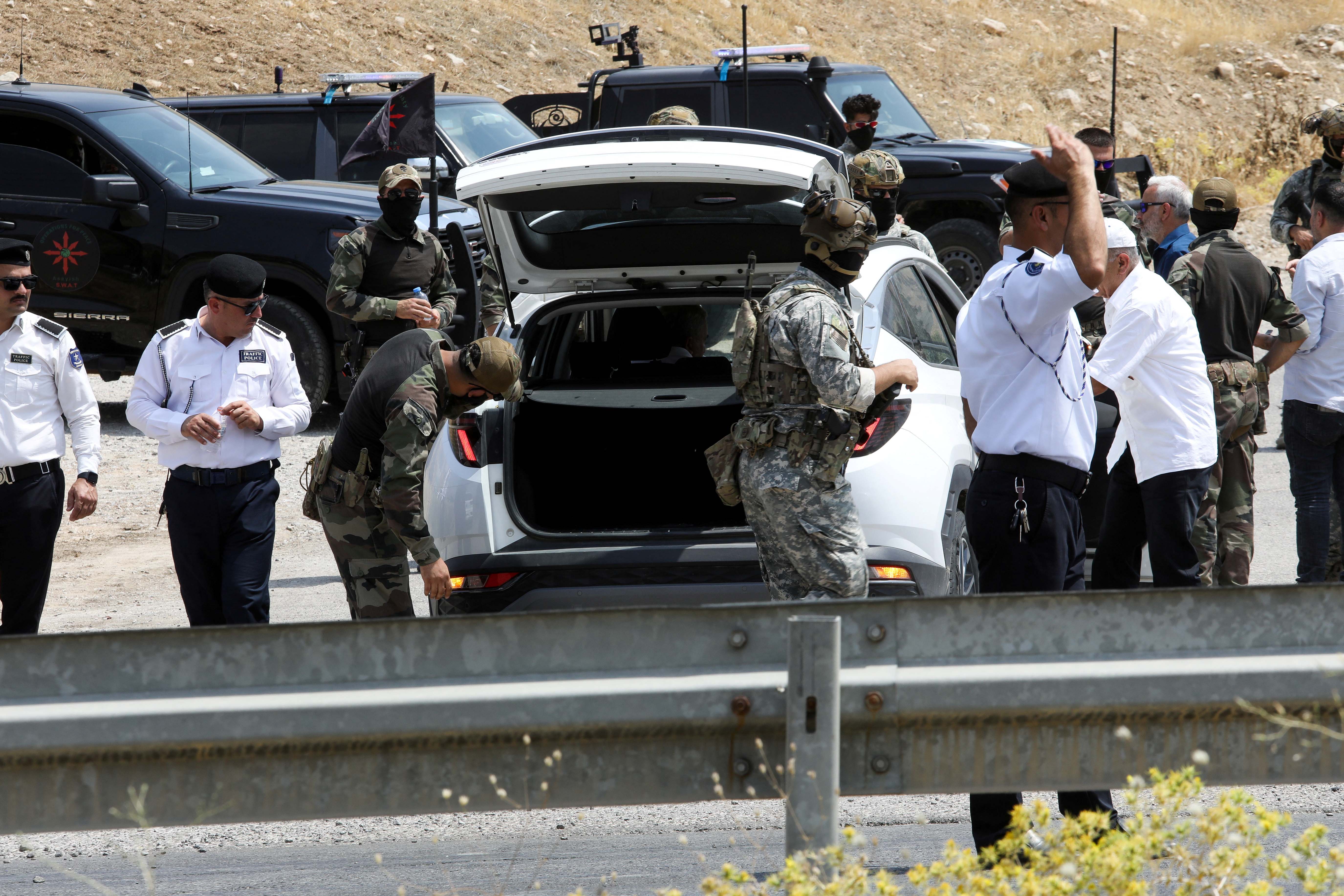
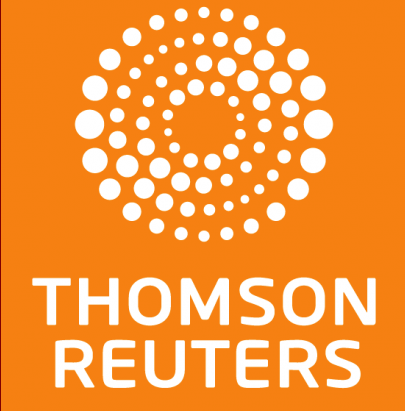
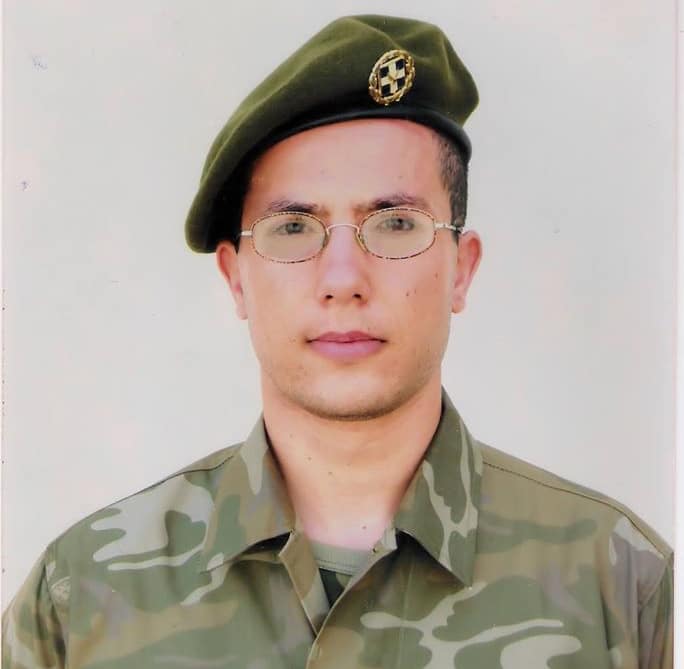
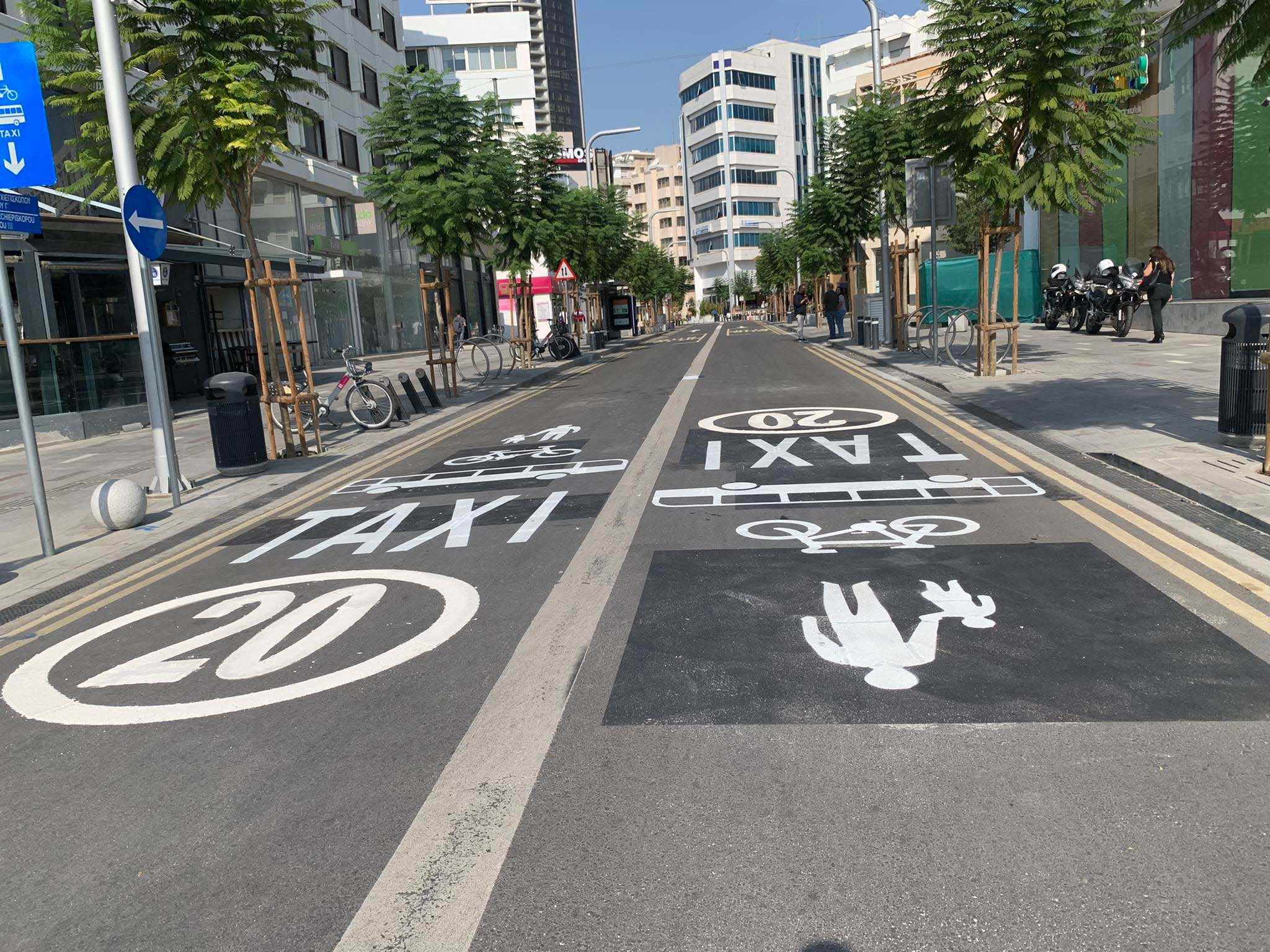
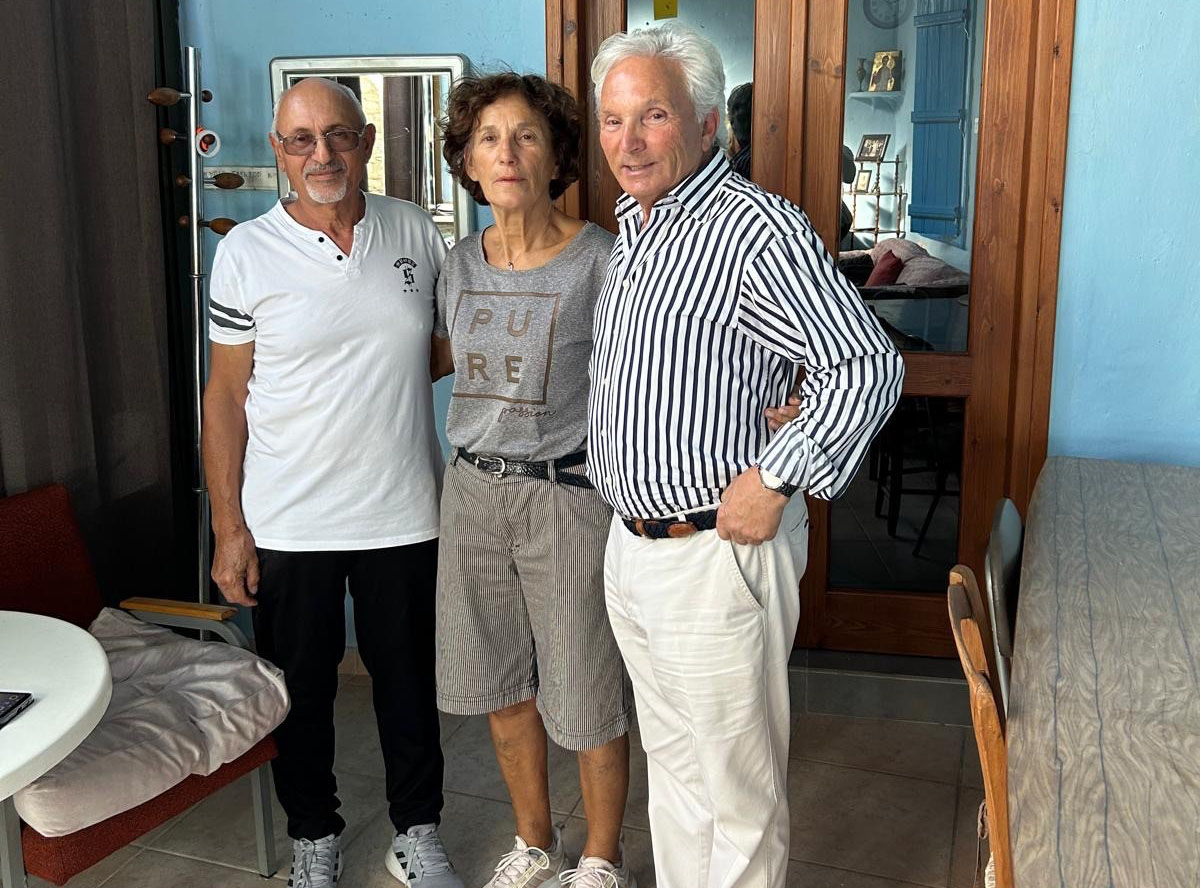

Click here to change your cookie preferences